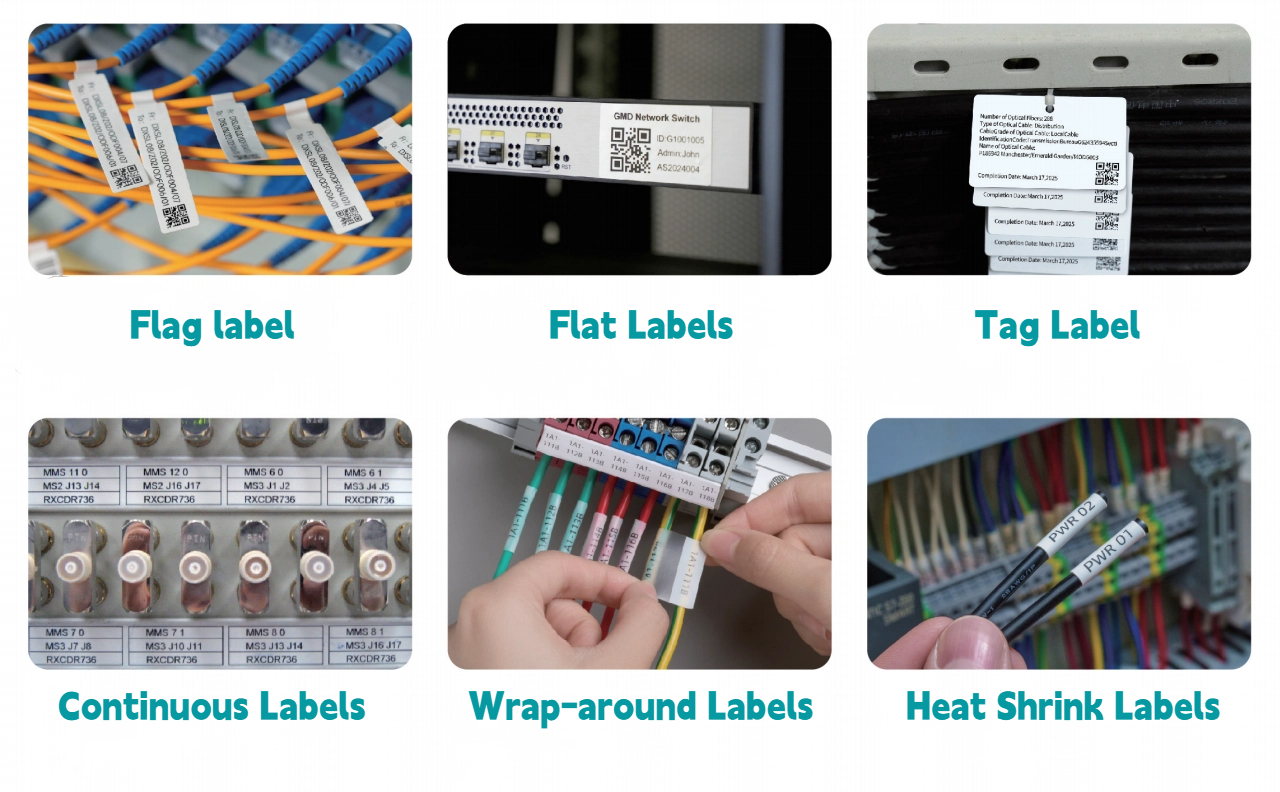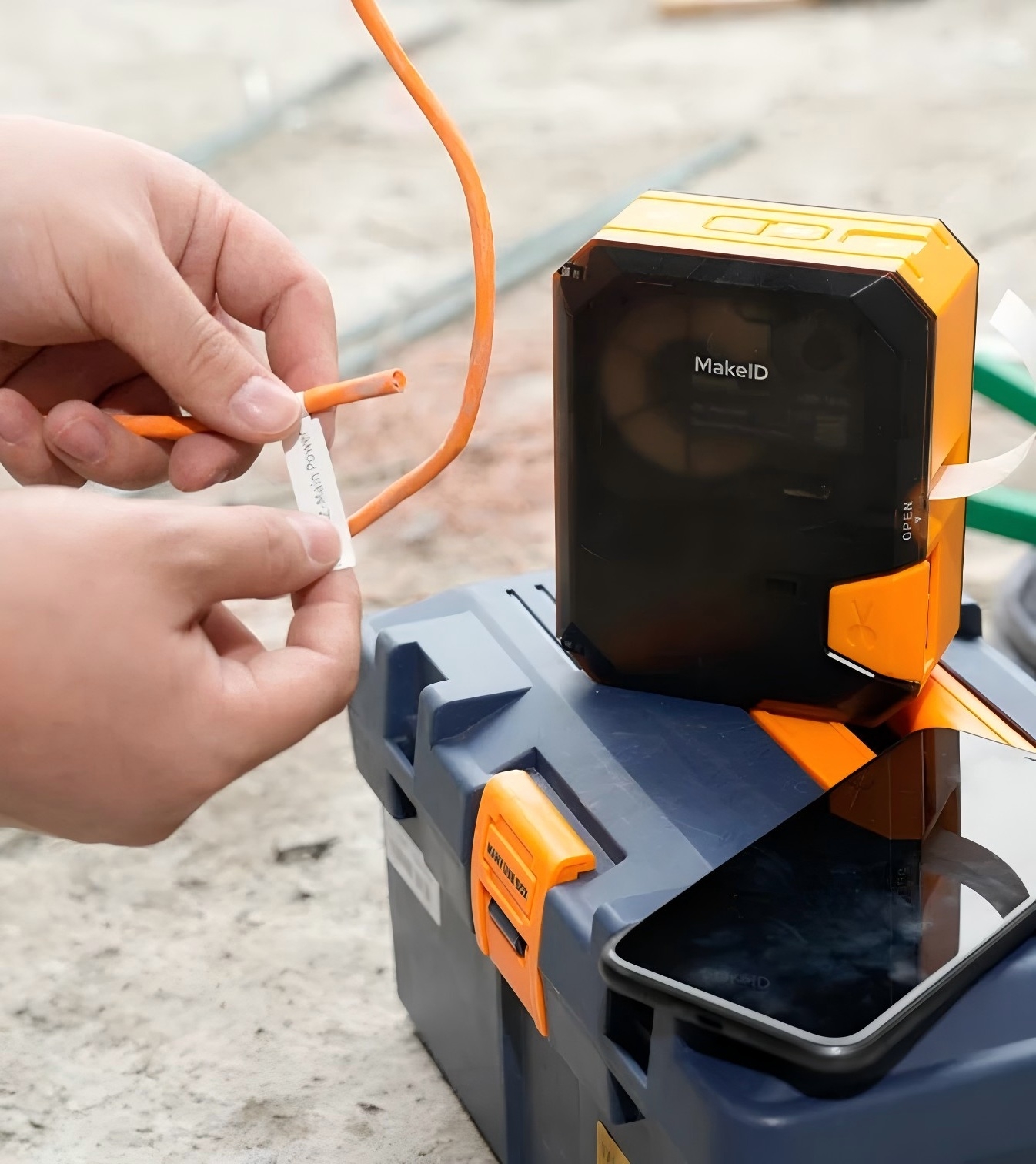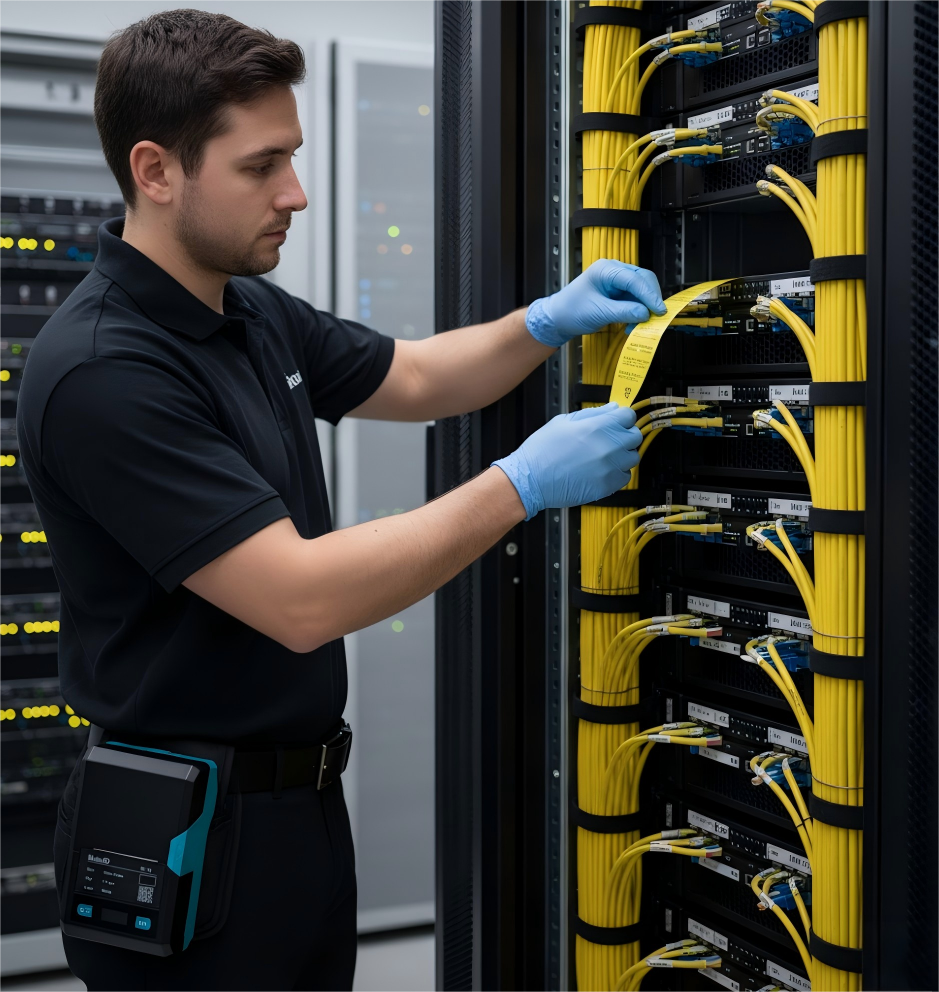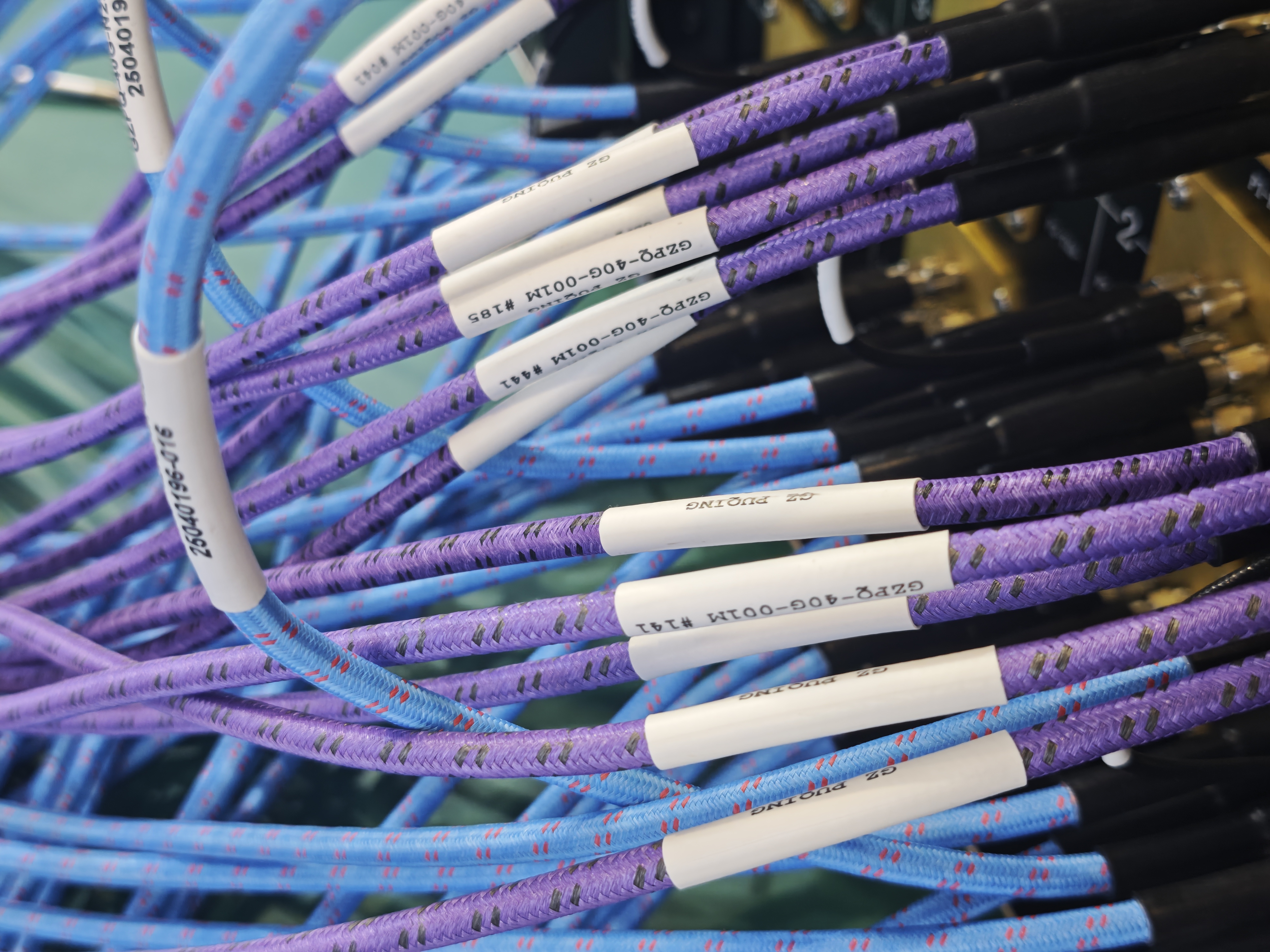Fiber Optic Cable Label: A Tool For Efficient Management Of Communication Networks
In today’s high-speed network environment, optical fiber cables have become the core of data centers, communication rooms and industrial networks. With the continuous expansion of the network scale, the number of cables has multiplied. Without clear identification, maintenance and management will become extremely complicated. And fiber optic cable labels has become an important tool to ensure network visualization and maintenance efficiency. It can endow every optical fiber and every device with a “unique identity”, making network management clear and efficient.

What are Fiber Optic Cable Labels
Fiber optic cable labels are identification labels specifically used for optical fibers and network cables. They are usually made of wear-resistant, waterproof and chemically resistant materials and can be used for a long time in computer rooms, outdoors and even industrial environments without peeling or fading.
Their main functions are:
- Quickly identify cables, reduce inspection time, and make cable management more efficient
- Avoid misoperations, such as accidentally unplugging jumpers, to make maintenance and troubleshooting more precise
- It is convenient for asset management and network planning, making the management of the computer room more orderly
In scenarios such as data centers, FTTH (fiber to the Home) projects, and industrial automation production lines, fiber optic cable labels are an indispensable part.
Common Type of Fiber Optic Cable Labels
Different optical fibers, devices and scenarios are suitable for different types of label. The following are the most common ones:

1. F/T Type Cable Label(Flag Label)
This label, shaped like an “F” or “T,” is also known as a flag label. It adheres tightly to cables like fiber pigtails and network cables, with a portion of the label protruding for quick identification. For example, using it to clearly mark which cable goes where, such as a residential network cable, a company’s power cord, or an antenna cable, makes it easy to clearly identify which cable goes where.
2. Flat Label
Flat labels are like “small stickers” that can be stuck on the smooth surfaces of devices such as optical transceivers, switches, and servers. It can print text on it and even QR codes. For instance, by attaching a flat label to the switch, one can directly know the model of this device and the purpose of each port. If you apply stickers to the cabinet, you can also indicate which area’s network this cabinet is responsible for.
3. Tag Label
The hanging tag is fixed by hanging. It has a relatively large area and can write more information. For those relatively thick optical cables and large equipment racks, after attaching such labels, the content on them can be clearly seen from a distance or from different angles, without the need to get very close to identify them.
4. Continuous Labels
Continuous labels are designed in a “row by row” pattern, making them highly suitable for use on devices with a large number of ports, such as ODF frames (optical fiber distribution frames) and DDF frames (digital distribution frames). Because there are a large number of cables and ports on these shelves, continuous labels can be quickly printed and pasted in conjunction with dedicated equipment. Labeling them in batches is much more efficient than manually pasting them one by one.
5. Wrap-Around Label
The winding label is “wound around the cable”, which can tightly wrap around the surface of the cable and is not easy to fall off. Whether the cable is curved or straight, it can fit along with the shape of the cable, so it can be used as an identifier for all types of cables.
6. Heat Shrink Label
The material of the heat shrink label is heat shrink material. After printing the information, it is made to shrink by heating, and then it can be firmly “attached” to the cable. Moreover, it is waterproof, wear-resistant and not easily corroded. If it is in harsh places such as outdoors or industrial environments, this kind of label is very suitable and can keep the identification clear for a long time.
How to Choose The Appropriate Fiber Optic Cable Labels

1. Match application scenarios
For marking individual pigtails and network cables, F/T type labels are very suitable.
Marking the surfaces of optical transceivers, switches and other devices, flat labels are more suitable.
If used outdoors or in industrial environments, heat shrink tube labels offer better protection and are more worth choosing.
2. Consider environmental factors
In damp and water-rich areas, choose waterproof labels, such as heat shrink tube labels and hanging labels with waterproof coatings.
In high-temperature or corrosive environments, label materials that can withstand high temperatures and corrosion must be selected.
3. Pay attention to durability
To maintain readability after a long period of time, a meterial with an extended durability and is non-erosive as well as fade resistant is ideal. Any text and QR codes will be easily scanned and evaluated.
4. Emphasize the clarity of printing
Whether it is text, numbers or QR codes, the printing must be clear enough. The resolution of the accompanying label printer should be high. This way, whether it is seen by the naked eye or recognized by a scanning device, it can be quickly “read” out. Otherwise, if the labels are blurry, it will instead cause trouble for management.
Installation and Maintenance Tips
The correct installation method can extend the lifespan of the label:
- Surface cleaning: Clean the cable surface before pasting to avoid dust and oil stains affecting adhesion.
- Uniform position: Ensure that the labels of similar cables are in the same position to facilitate quick scanning and identification.
- Regular inspection: Regularly inspect the status of the labels. If any are found to be loose or blurred, replace them in a timely manner.
- Establish digital management: Input label information into the system to achieve dual tracking on paper and in digital form.


Conclusion
In modern communications and data center construction, fiber optic cable labels are more than just simple identification tools; they are a crucial component of network visualization and intelligent management. By selecting the right cable labeling solution, combined with professional label printers for mass production and installation, enterprises can significantly improve operational efficiency, reduce risks, and meet industry regulations.
Whether it is a small computer room or a large data center, investing in an appropriate tagging system is a wise choice to ensure the long-term stable operation of the network.

